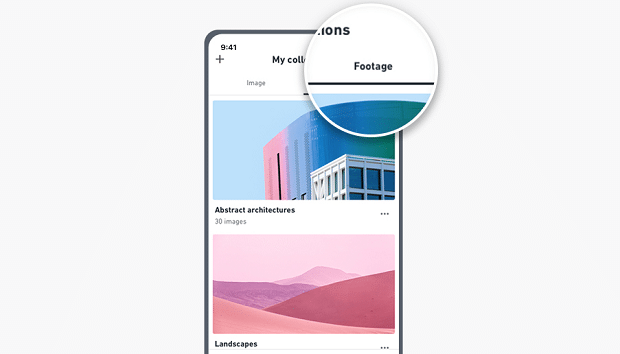
With the shift towards remote working, mobiles will continue to increasingly become an important device in the way we all work and communicate with each other.
With over 17 million videos in the collection, Shutterstock’s new Footage on Mobile offering will allow creatives and social media managers to continue to produce high quality content, from the comfort of their home, without the need to invest in any other devices.
Whether it’s a social media manager creating videos for a brands’ IGTV and Instagram story, or a videographer that needs to add clips to a video project, the Shutterstock app now supports a mobile-only workflow for footage content creators.
Mobile video advertising is growing at a rapid pace. According to eMarketer, mobile video ad spending in the US will increase by 24.6% to $28.52 billion in 2020. Whether it’s a social media manager creating a video ad or a creative director building a footage collection on their commute, the Shutterstock app now supports a mobile-only workflow for footage content creators.
“As consumers spend more and more time on their devices, marketers are adapting their strategies to reach them there. As a result, we’ve seen many customers transition to mobile-only campaign creation and execution,” said Jamie Elden, Chief Revenue Officer at Shutterstock. “This update enables a new generation of producers and content creators to access footage in seconds to quickly and easily create on-the-go – perhaps while on location. We are committed to continuously innovating our products and streamlining the creative process as the needs of our customers continue to evolve.”
The mobile app browsing experience also includes the computer-vision powered discovery tool, Visually Similar Video, to help users surface more content that looks similar to a selected clip. This proprietary Shutterstock technology relies on pixel data within images – rather than metadata collected through keywords and tagging – to help identify and surface relevant content.

